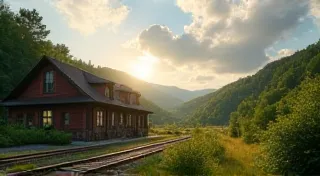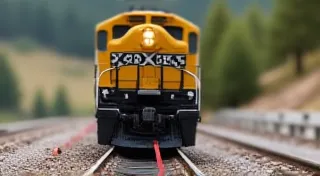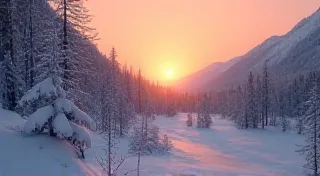Essential Tools & Materials for Model Railroad Building: A Comprehensive List
Embarking on a model railroad building project is an incredibly rewarding train hobby, but before you lay a single piece of track, you need to gather the right tools and materials. This guide provides a comprehensive overview of the essentials, categorized by necessity and budget, to ensure a smooth and enjoyable building experience.
I. Basic Hand Tools: The Foundation of Your Layout
These tools are vital for almost any model railroad project, regardless of size or complexity.
- Hobby Knife (X-Acto Knife): Absolutely essential for trimming track, cutting scenery materials, and detail work. Get a few blades as they dull quickly.
- Cutting Mat: Protects your work surface and provides a good base for precise cutting.
- Ruler/Straightedge: Crucial for accurate measurements and straight cuts. A 12-inch metal ruler is a good starting point.
- Pencil: For marking track placement and layout planning.
- Needle-Nose Pliers: For bending track, manipulating small parts, and removing excess adhesive.
- Tweezers: Indispensable for placing small details like rail spikes, ballast, and miniature figures.
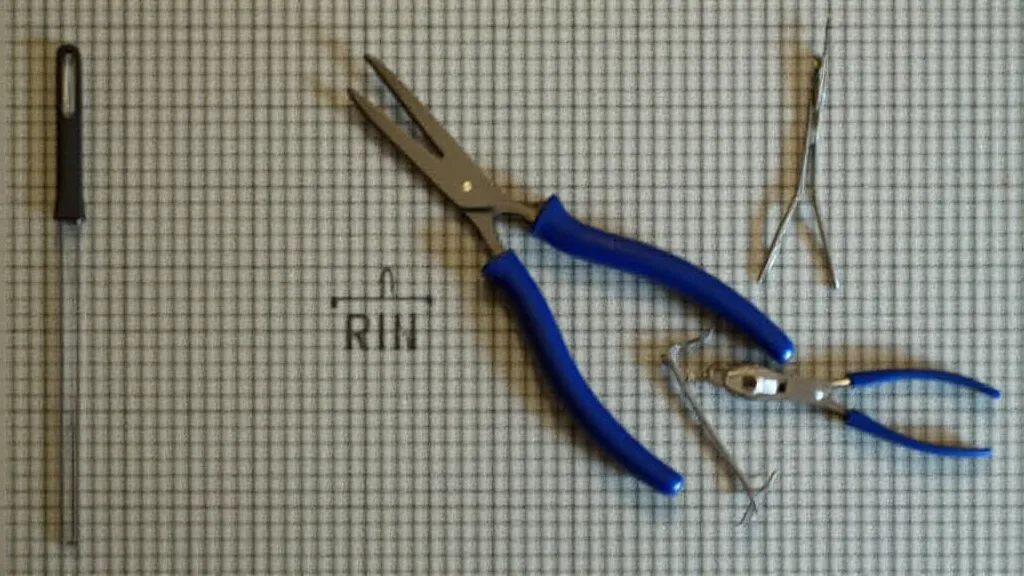
II. Track Laying Tools: Precision is Key
Laying track accurately is paramount for a realistic and functional railroad layout. These tools help ensure smooth operation.
- Track Cutter: Makes clean, straight cuts on track sections. A specialized cutter is preferable to a knife.
- Track Alignment Tool: Helps align track sections to ensure proper gauge and spacing.
- Wickel Rail Joiner Set Tool: Allows for precise track joining
- Railroad Track Bender: (Optional, for curves) While you can bend track by hand, a dedicated bender makes the process easier and more consistent.
III. Scenery Materials: Bringing Your Layout to Life
The scenery is what transforms your railroad from a collection of tracks into a believable miniature world.
- Foam Board/Plywood/Homasote: The base for your layout. Homasote is a popular choice due to its easy carving and painting properties.
- Plaster Cloth/Paper Mache: For creating terrain and sculpting hills.
- Ground Cover (Turf, Grass, Static Grass): Creates a realistic ground surface.
- Rocks/Gravel/Sand: For adding texture and detail.
- Trees/Bushes/Figures: Adds scale and visual interest.
- Paint (Various Colors): For painting terrain, buildings, and details.
IV. Adhesives: Holding It All Together
Choosing the right adhesive is critical for secure and long-lasting results.
- CA Glue (Super Glue): Fast-drying for quick bonds. Use sparingly as it can be brittle.
- Wood Glue: Strong and versatile for gluing wood and foam.
- White Glue (PVA Glue): Good for scenery and attaching ballast.
- Contact Cement: Useful for adhering scenery materials to foam.

V. Advanced Tools & Equipment (Consider These Later)
As your skills and projects evolve, you may want to invest in these more specialized tools.
- Airbrush: For applying realistic paint finishes on rolling stock and scenery.
- Dremel Rotary Tool: For cutting, grinding, and shaping materials.
- Power Drill: Useful for building structures and details.
- Layout CAD Software: For planning and designing your layout before construction begins.
Budget Considerations
You don't need to buy everything at once! Start with the basic hand tools and gradually acquire more specialized equipment as your needs grow. A reasonable starter budget could range from $50-$150, with more advanced tools adding up significantly over time.
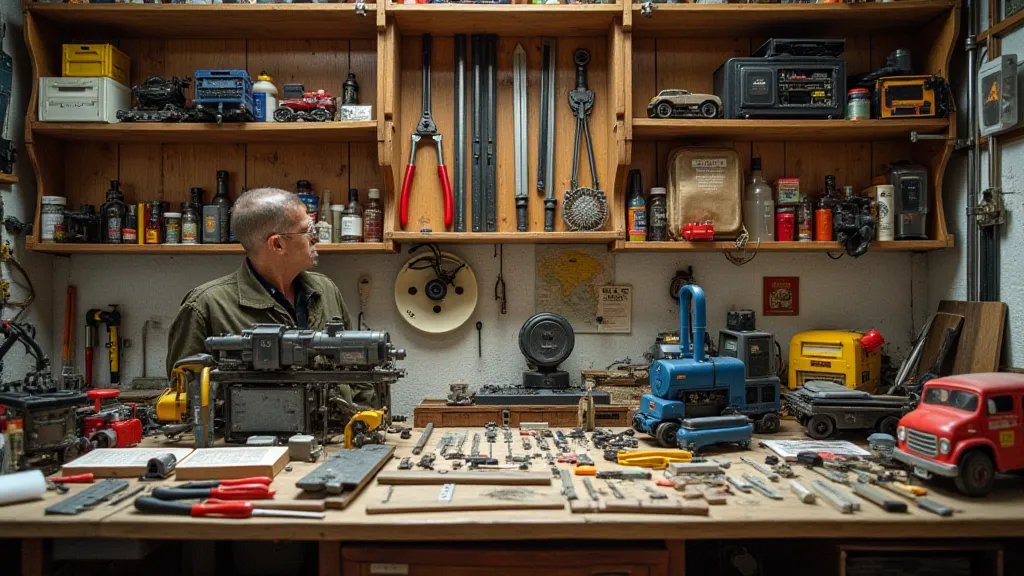
Conclusion
Building a model railroad layout is a journey of creativity and skill development. With the right tools and materials, you can create a miniature world that brings your railroad dreams to life. Start small, learn as you go, and enjoy the process!



